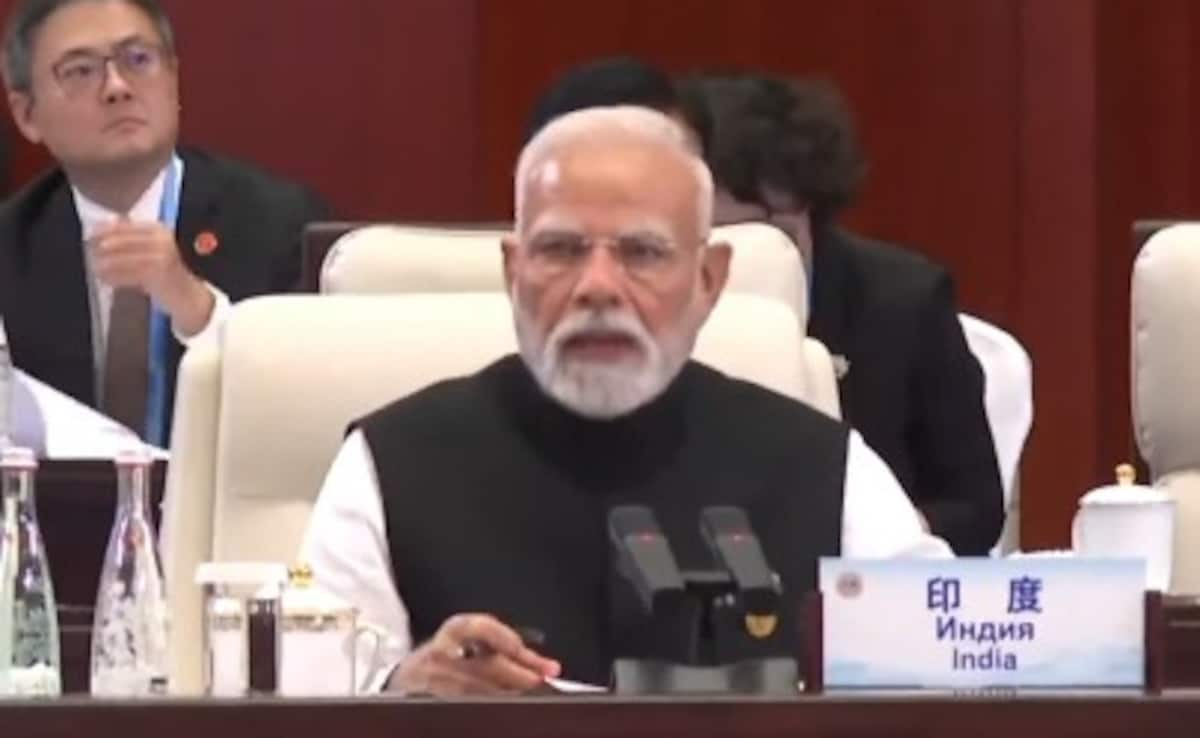The story so far: The Supreme Court has recently sought a detailed response from the Centre on the issue of restoration of statehood to Jammu and Kashmir. Considering the significance of the principle of the separation of powers, the top court rightly said that it did not possess all the expertise and that there are some decisions to be made by the government. The court is hearing the plea in Zahoor Ahmed Bhat versus UT of Jammu and Kashmir. It has been argued that the failure to restore statehood to Jammu and Kashmir is affecting the rights of the citizens there. Another argument in this context is that it is also violating the essential features of federalism and thereby the basic structure of the Constitution.
How are States created?
There are three processes enshrined in the Constitution of India for creating States — admission, establishment and formation. For admission of a new State into the territory of India, the entity should have its own organised political unit. It is also required that admission through acquisition shall be guided by international law. This was the process by which Jammu and Kashmir was admitted into India’s territory through the Instrument of Accession in 1947. By executing this Instrument under the provisions of the Indian Independence Act, 1947, the then ruler of Kashmir, Maharaja Hari Singh agreed to accede his State to India.
For establishing a new State, territory shall be acquired as per the definition of acquisition in international law. India acquired Goa and Sikkim and established them as States.
The process of forming a new State has been, in fact, the reorganisation of an existing State which led India to take its number of 14 States in 1956 to 29 States before the enactment of the Jammu and Kashmir Reorganisation Act, 2019. Article 3 of the Constitution provides for this process of reorganisation wherein Parliament may by law — form a new State by separation of territory from any State or by uniting two or more States or parts of States or by uniting any territory to a part of any State; increase the area of any State; diminish the area of any State; alter the boundaries of any State; or alter the name of any State. However, while the Union may diminish the area of a State, it cannot take it away by making it a Union Territory. This would be a step against the federal features of India. Therefore, it is mandatory for the Union to restore the statehood of Jammu and Kashmir. It may wait for sometime depending upon the situation at the ground level.
What about India’s federal design?
India has been made a Union of States which means that it is indivisible and that States have no right to secede. This provision in Article 1 may be interpreted in the sense that the word ‘India’ reflects a unitary federation while the word ‘Bharat’ is a cultural connotation which signifies that India has a composite culture and that there is unity in diversity.
Despite being a two-tier system of governance, the word ‘federation’ is not used but rather ‘Union’ is written expressly. The idea behind this unique feature is to ensure India’s federal character and unitary spirit. This design is in tandem with the philosophy of the Constitution. While the express use of the word ‘Union’ makes the Centre strong enough to protect the unity and integrity of the nation, the federal character is created to equitably distribute the resources establishing India as a welfare state. This is the reason that India’s federal character has been included in the Basic Structure of the Constitution. Without a federal design, India’s union would lose its existence. Hence, the Rajya Sabha has been made a permanent House in Article 83 (1) which writes that it shall not be subject to dissolution. The States’ representation must always be there at the Union level to maintain and sustain India’s unitary federation. Thus, it is imperative that the statehood of Jammu and Kashmir be restored to protect the sanctity of federation.
What next?
To recall, on December 11, 2023, the Supreme Court upheld the abrogation of Articles 370 and 35 A, and also directed the Union Government to restore the statehood of Jammu and Kashmir and hold Legislative Assembly elections. Elections for the 90-member Assembly were held in October 2024, but there has not been any hint so far from the Government to restore the statehood as asked by the Court.
Critics may point out that restoration of statehood would definitely empower the elected government in Jammu and Kashmir and that the powers of the Lieutenant Governor would be curtailed affecting the present position of the Union over the Union Territory of Jammu and Kashmir. If this is to be agreed, it would be inconsistent with the constitutional design of India and would definitely erode its federal features.
C. B. P. Srivastava is President, Centre for Applied Research in Governance, Delhi.



.png)
.png)
.png)
















 1 hour ago
2
1 hour ago
2










 English (US) ·
English (US) ·